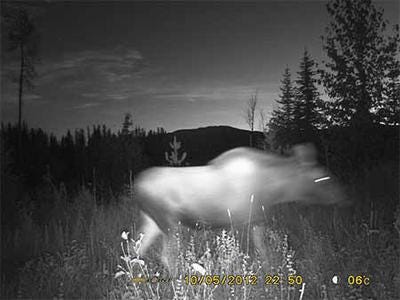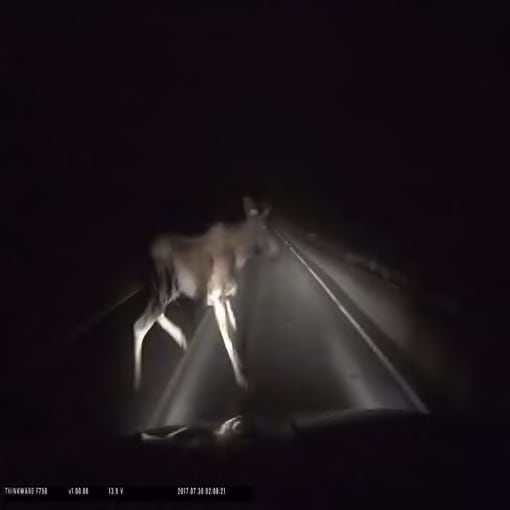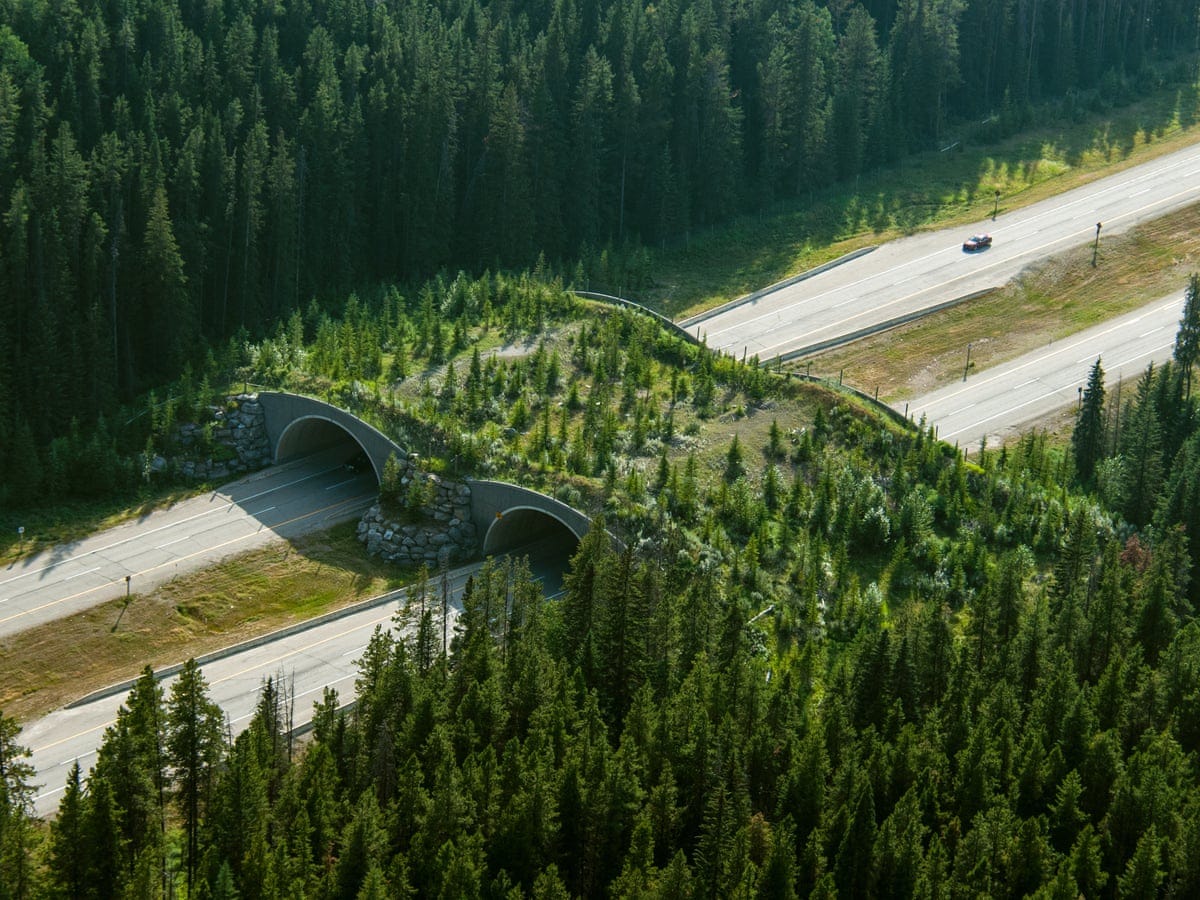Hello everyone:
This week in curated Anthropocene news, I have three recommendations:
1) Guess what? They Knew: The US Federal Government's Fifty-Year Role in Causing the Climate Crisis, from MIT Press.
2) Here’s a really big one to think about (it deserves an essay or two all by itself, so stay tuned): While our behavior matters, climate change will not be fixed by our individual behavior. We believe that our good, small actions will make a significant difference, but that fiction is largely the product of a relentless smokescreen from the fossil-fuel companies. There’s a long, successful history of this kind of propaganda from the packaging, cigarette, and plastics industries too. Business Insider has a good article on this. Here’s a useful quote:
They don't want a price on carbon, they don't want incentives for renewable energy, they don't want to block new fossil-fuel infrastructure," Michael Mann, an atmospheric scientist and author of the book The New Climate War, told Insider. "So they say: 'No, it's just about you being a better person, you being more responsible in your day to day activities.'
3) A new report on how coral reefs, their biodiversity, and thus (unsurprisingly) fish catch by humans have all declined by 50% since the 1950s.
Enjoy. Now on to this week’s writing:
Years ago, my son and I purchased two copies of Harry Potter and the Deathly Hallows at midnight from the local bookstore, read well into the small hours before crashing, and headed off together the next day to a family cabin in central Maine to finish the job. After a long, fine day of reading through wizarding drama, with pauses for limited conversation – the problem of spoilers while in the midst of different chapters – we went to bed early-ish because we were rising before dawn to drive an hour to Baxter State Park in order to climb Mt. Katahdin.
At that hour, with the sky showing light but the road and forests black, your headlights seem dimmer than in the middle of the night and the road-edges are nothing but a blur of fifty-mile-an-hour murk. My son was hard asleep in the passenger seat. I didn’t see the first moose until we had drawn even with its massive hulk browsing in the bushes off the shoulder and, several minutes later, I didn’t see the second moose until it was halfway across the other lane running toward my car door.
Even now I can feel the adrenaline of that nanosecond – far too short to brake or swerve, and anyway we were on a remote, narrow two-lane with nowhere to swerve – as the long, long, dark snout of that moose suddenly loomed just outside my window like the nose of a torpedo. In memory, that’s my last image of it, though perhaps I saw its dim form, lit red by my tail lights, clatter across the pavement behind me on hairy stilts stout enough to carry a ton of meat and long enough to cross the road in a heartbeat.
The adrenaline pressure hurt. Chest, fingers, toes all felt ready to burst. I didn’t stop the car – we had a mountain to climb – but I’d woken my son up with my primal holler, and together we drove on, slower, while he kept his eyes open and I breathed through the fear and awe. I stole glances at his now alert face – an expression somewhere between alarmed and curious – and imagined over and over all that was at stake in that instant that hairy ghost of carnage appeared at my window.
For drivers in central and northern Maine (and northern VT and NH), there’s no surprise in any of this. “Moose Crossing Next so-many Miles” warning signs are commonplace, as are stories of near-misses and destroyed vehicles. This wasn’t even my first moose rodeo. When I was fifteen, dozing off in the back seat of a giant 1980s station wagon moving at 20 mph through a blinding snowstorm, I woke to the sound of a thump and a black windshield becoming white again from the bottom left corner as a moose rolled over the hood, landed on its feet, and took off into the woods. The only damage was to a piece of chrome trim, which had been slightly bent by the antler.
This is not typical: In Maine alone, there were more than 7000 collisions with moose between 2003 and 2017, with 26 human fatalities. In the same period there were more than 50,000 collisions with deer, with ten deaths. (Which means you’re thirteen times more likely to die in a collision with a moose.) In recent years, there have been about 500 collisions with moose per year in New England. These collisions, it should be said, are nearly always fatal to the animals, either immediately or as a result of their injuries. The vehicles, meanwhile, are just as likely to be totaled.
Our national system of roads is also a national system of roadkill. Vehicle collisions are the largest general cause of wildlife mortality in the U.S. and, for most species, the main specific cause of death. Road mortality is one of the major threats to 21 federally listed threatened or endangered animal species in the U.S.
In fact, our civilizational habit of driving ourselves and our stuff around is “the most extensive form of impact humans have on natural systems,” according to Fraser Shilling, co-director at the Road Ecology Center at the University of California, Davis.
The most extensive form of impact humans have on natural systems: I’ve been thinking and worrying about the problem of roadkill for years – all the carnage I see on the pavement multiplied by the 4.8 million miles of America’s roads – and still Shilling’s statement astonishes me. He’s talking about natural systems, not just particularly vulnerable species like turtles or elk or panthers. I’m sure that climate change is, or will become, a larger factor in rupturing ecosystems and landscapes, but the fact that I’m comparing climate to roads says something stark about how the movement of our species has transformed the world.
So what’s happening here? The problem of roads isn’t simply about roadkill. It’s about how our world has created millions of miles of wounds in other species’ worlds, dividing, fragmenting, and erasing their habitats. Our maps have been thrown down atop those of wildlife, but our paths are like lanes of fire. As animals move to drink, to hunt or forage, or to mate, their daily journeys cross roads which can kill them. The term of art here is “habitat connectivity,” and where habitat is disconnected or fractured, the life that requires wholeness either moves, suffers, or fails.
When a turkey’s path intersects with a warbler’s or fox’s, as it has for hundreds of millennia, no harm is done. A road, though, claims turkey, warbler, and fox. And so much more. I’ve seen a scarlet tanager burst in mid-air by a passing box truck, a painted turtle cracked flat like pottery fallen from a plane, and a broken-legged hare spinning in frantic circles on the asphalt beneath passing cars. It’s always brutal and heartbreaking, and it runs deeper than merely reducing a species’ population. As Barry Lopez asks in his classic short essay on roadkill and responsibility, Apologia, what role might these animals have had in their own community?
In our speed and our materials and our global spread and our population is a cumulative violence that scarcely exists in any form elsewhere in nature. Army ants may terrorize the rainforest, and I’m sure that the great wildebeest migration in the Serengeti tramples smaller creatures each year, but army ants and wildebeest aren’t globally ubiquitous, moving at 60 mph, and annually taking out a million deer in the U.S. , 600 camels in Saudi Arabia, thousands of red crabs on Christmas Island, and a litany of barn owls in Ireland.
Our paths and lives are cross-hatched with those of other species, but in a way that dispenses with theirs. It isn’t just that on our drives through the landscape we’re oblivious to the life with whom we share this planet, it’s that we’re actively disrupting and eliminating it. In less than a century we’ve turned movement into a driver of extinction. It’s no wonder we keep our headlights on all the time these days; it’s a constant funeral out there.
No species has co-evolved over deep time to our daily acts of vehicular violence. I’m reminded of the early Antarctic explorers who arrived to find seals and penguins with no fear of predators on land – because they had never existed – and who could feed their expeditions by simply walking up to the wildlife and knocking it on the head.
The Road Ecology Center at UC Davis is a program devoted to this fundamental Anthropocene reality. It is part of a growing network of institutions around the world which are more or less creating the science of road ecology from a blend of natural sciences (for ecosystems), social sciences (for our transportation behavior), and engineering (for solutions). The REC generates research and analysis, hosts academics and conferences, partners with state and federal agencies as well as nonprofits, and develops educational outreach. Areas of interest include
how ecosystem processes at the landscape scale are interrupted by roads and the vehicles on them, how populations of plants and animals are fragmented by road systems, the demographic and evolutionary consequences of that fragmentation, and how vehicles and their pollution (including noise) cause mortality and suppress reproduction in both plants and animals.
Perhaps REC’s most noted achievement is CROS (California Roadkill Observation System), the world’s most extensive reporting project for roadkill and wildlife crossing. The data are invaluable for planners looking to map collision hotspots and develop solutions. REC hopes to spread the data platform far and wide, but for now it’s focused on California. (A similar reporting project was set up in one other state – Maine – in coordination with Maine Audubon, but activity has waned.) Interest in the research is coming from both sides of the collisions, so to speak, as highway departments and transportation planners look to reduce the impacts on roads and vehicles and human health. Everyone involved, according to REC, has come to see that “human communities and natural ecosystems have much the same needs for sustainable and friendly transportation systems.” Which is a euphemistic way of saying that all life wants to live and move and thrive without fear of destruction.
Part of the problem is that we’re not paying attention to the scale of the destruction. These animals meet their deaths one by one on roads, often at night, throughout the year. Imagine instead the carcasses of millions of deer, moose, elk, squirrels and voles, coyotes and foxes, snakes and amphibians and turtles, grouse and songbirds, bears and raccoons – not to mention billions of insects – all laid out together like battlefield dead for the public to see. Every year. Imagine policymakers being asked why more wasn’t being done to prevent it.
This is also true of the human toll. The Federal Highway Administration estimates there are one to two million wildlife collisions per year, with 26,000 human injuries and 200 fatalities. Each one of these is a story, often of lives altered in profound ways: a Colorado state trooper and father of two kids killed in a collision with a herd of deer; a Newfoundland wildlife conservation officer now a quadriplegic after a moose collision which shattered his C6 vertebra; a young mother in Minnesota who stopped to move a family of ducks struck and killed by a distracted driver. Often these collisions occur in areas well-known for the likelihood of collisions. That’s why highway departments put up the signs that neither drivers nor wildlife tend to read.
In financial terms, the cost to society is huge, 8 billion dollars every year, when property damage, injuries, fatalities, collision response efforts, and loss of revenue are all factored in. The FAA spends millions on research into bird strikes – which costs society well under a billion dollars per year – but for a long time very little was being spent by federal or state authorities on wildlife collision research or solutions. There still isn’t even good basic national data on collisions and roadkill.
In recent years, things have begun to change. A slow cultural shift has occurred, as engineers and planners and politicians and ecologists and funding institutions have come to the same conclusion. It makes good moral, financial, environmental, and public health sense to rethink how our roads fit into the larger landscape. And making huge improvements is very doable, given how bad things have become (wildlife collisions increased 50% between 1990 and 2004 while ordinary collisions were unchanged) and how much money can be saved. As Ted Zoli, a bridge engineer and MacArthur Fellow, put it:
“We spend $8 billion a year running over wildlife. If we took that cost and quartered it, we could build 200 animal crossings a year, and the problem of roadkill would disappear within a generation.”
Zoli was asked to judge an architecture competition for the engineering of next-generation wildlife crossings for ARC (Animal Road Crossings), an “interdisciplinary partnership working to facilitate new thinking, new methods, new materials and new solutions for wildlife crossing structures.” ARC’s larger mission, it says, is to build other bridges too:
We reconnect landscapes and wildlife habitats that have been split apart by our road systems; we reacquaint people and wildlife, helping drivers to be aware of the habitats our roads interrupt and the animals that use these places; and through these strategies, we reaffirm the need for humans and animals to coexist in the landscapes we call home.
The work being done by organizations like ARC (and its funder, the Center for Large Landscape Conservation) is, as near as I can tell, essential to the future of our relationship with the natural world. If roads are our most extensive form of impact on natural systems, then rethinking roads is crucial.
Ted Zoli was so struck by what he learned about the wildlife crossing problem that he informed ARC that he would not judge the competition. “How was it possible,” he asked, “that I, the chief engineer of one of the world’s largest engineering firms, did not know about an 8 billion dollar infrastructure problem?” Instead, he told ARC that he would enter the competition and win. He did.
Needless to say, the US isn’t yet spending 2 billion a year on wildlife crossings, but good work is finally being done in some big ways. This progress mirrors remarkable work done in Europe, Canada, and elsewhere.
And that’s what I’ll be writing about next week: the solutions. Some of it is really beautiful and wonderful. Like these:
And to end on an even better note, here are a very cheerful coyote and badger trotting off together through a culvert crossing in California:
See you next week. Be careful driving.













https://www.vox.com/vox-conversations-podcast/22691428/vox-conversations-climate-change-andreas-malm